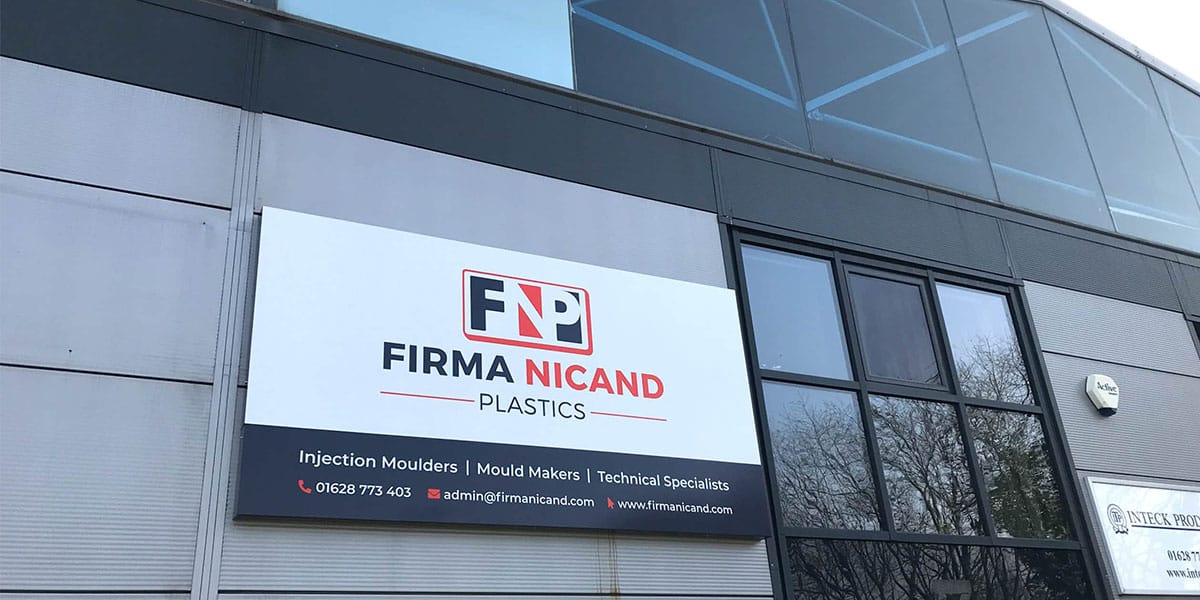
28 Aug Aluminum Composite Signage Sheet vs Other Sign Materials
Table of Contents
You want signs that last long, look great, and are affordable. Aluminum composite signage stands out because it is lightweight yet incredibly strong. Many businesses choose aluminium composite panel signage because it is cost-effective, easy to install, and durable enough to withstand harsh weather conditions. By selecting aluminum composite signage, you also support environmental sustainability while effectively showcasing your brand. Experts recommend considering how your signs represent your brand, comply with local regulations, and appeal to your target audience. Aluminum composite panel signage is versatile for both indoor and outdoor use, making it an excellent option for most signage projects. With aluminum composite signage, you get panels that are easy to handle, quick to install, and perfect for custom designs.
Key Takeaways
Aluminum composite panels are strong and light. They are easy to put up. This makes them great for many signs inside and outside. These panels do not get damaged by weather. They do not rust, fade, or bend easily. Your signs can last 7 to 10 years with little care. You can print bright and clear pictures on aluminum composite panels. This keeps your signs looking neat and professional. Aluminum composite signage is good for the environment. It can be recycled and uses less material than solid metal signs. If you need signs for tough places or want a fancy look, try other materials. Solid aluminum, stainless steel, or acrylic may work better. But aluminum composite panels give the best mix of price, strength, and easy use.
Key Differences
Comparison Table
You want the best material for your sign. The table below shows how aluminum composite panel signage compares to other materials. It looks at things like how long it lasts, how much it costs, how heavy it is, how it looks, how you put it up, where you can use it, and if it is good for the planet.
Attribute | Aluminum Composite Panel Signage | Solid Aluminum | Stainless Steel | PVC Signage | Acrylic Signage |
|---|---|---|---|---|---|
Durability | Rigid, weatherproof, resists warping and fading | Rust-resistant, strong | Extremely durable, heavy | Less durable, can warp | Can crack or scratch |
Cost | Moderate, cost-effective long-term | High upfront cost | Very high, costly install | Low initial, more replacements | Moderate, higher maintenance |
Weight | Lightweight, easy to handle | Heavy | Very heavy | Very light, less sturdy | Moderate |
Aesthetics | Sharp graphics, many finishes | Metallic, less graphic detail | Sleek, less graphic versatility | Moderate, limited finishes | Glossy, clear, can scratch |
Installation | Simple, fast, basic tools needed | Needs special tools | Needs special equipment | Easy, but less durable | Needs care, can break |
Application Suitability | Indoor/outdoor, custom shapes, fire-rated | Outdoor, harsh settings | Harsh environments | Indoor, short-term | Indoor, protected areas |
Sustainability | Highly recyclable, eco-friendly | Recyclable, high energy use | Recyclable, high CO2 | Less eco-friendly | Some recycling options |
Tip: Aluminum composite panel signage gives you strength, a good price, and is easy to use. You can use it for many signs, both inside and outside.
Strengths and Weaknesses
Every sign material has good and bad points. You should know these before you pick one for your sign.
Aluminum Composite Panel Signage
Strengths:
This panel is light and simple to put up.
It stays flat and does not bend in bad weather.
You can print bright, clear pictures on it.
It lasts about 10 years and often has a warranty.
You save money because it does not need much care.
It is easy to recycle and helps the environment.
Weaknesses:
It dents easier than solid aluminum in busy places.
You cannot weld it, so some shapes are not possible.
You cannot powder-coat it, so special colors take longer.
The corners are not as strong as solid aluminum.
Solid Aluminum
Strengths:
This panel is very strong and lasts a long time.
You can bend it into different shapes.
It does not rust.
Weaknesses:
It is heavy and hard to move.
It costs more to buy and put up.
It can bend over time.
People may steal it because it is worth money.
Stainless Steel
Strengths:
This panel is super tough and does not rust.
It works well in rough places.
Weaknesses:
It is very heavy and needs special tools to install.
It costs a lot for both the panel and work.
You cannot do as many graphic designs on it.
PVC Signage
Strengths:
It costs less at first.
It is very light and easy to put up.
It does not have scrap value and is UV stable.
Weaknesses:
It bends and fades fast outside.
You need to replace it more often.
It is not very stiff and can break.
Acrylic Signage
Strengths:
It looks shiny and modern.
You can use it for clear or colored indoor signs.
Weaknesses:
It can crack or scratch easily.
You must be careful when putting it up.
It may cost more to fix or replace.
Note: If you want a sign that is easy to put up, lasts a long time, and looks nice, aluminum composite panel signage is usually the best pick. For special needs, like fancy brands or tough places, you might want other materials.
Sign Materials
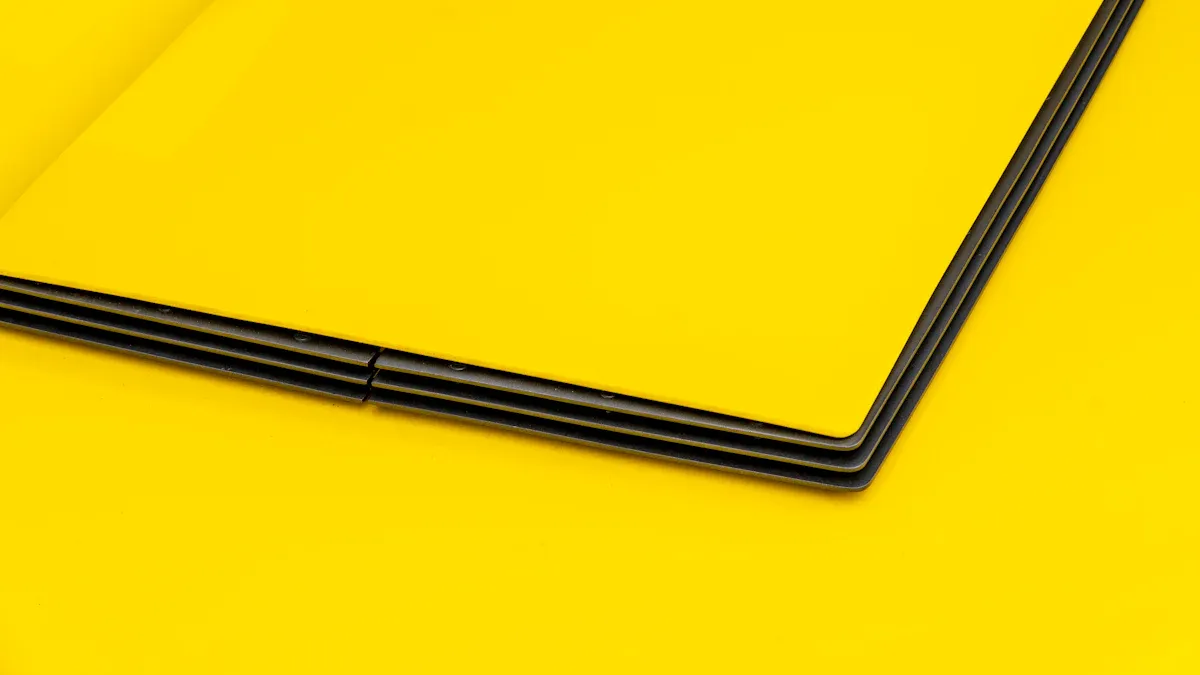
Aluminum Composite Signage
You see aluminum composite panel signage in lots of places. It is strong, light, and has a smooth look. This panel has two thin aluminum sheets on a plastic core. You can use it for signs inside or outside. It also works for displays, exhibits, and building covers. Aluminum composite signage does not rust and is easy to put up. You can print clear pictures and designs on it. The panel can be recycled, so it is good for the planet. If you want a sign that lasts and looks nice, this is a smart choice.
Tip: Aluminum composite panel signage is great for signs that need to last, look sharp, and stay flat.
Solid Aluminum
Solid aluminum panels are tough and do not rust. People use them for yard signs and business ads. They work well with metal frames and do not fade with UV ink. Solid aluminum costs more than aluminum composite panel signage. But it lasts longer and can handle bad weather. These panels are heavy, so you need strong supports. If you want a metal sign that lasts, solid aluminum is a good pick.
Stainless Steel
Stainless steel panels are very strong and look modern. You can use them in busy places or where weather is rough. Stainless steel does not rust or wear out. You just wipe it to keep it shiny. You can pick shiny or brushed finishes to match your style. These panels keep their shape and do not fade or crack. If you want a sleek sign that lasts, stainless steel is a smart choice.
Stainless steel panels are best for:
Outdoor business signs
Busy places
Wet or coastal areas
PVC Signage
PVC panels are light and do not cost much. You see them in indoor signs and event displays. The panel is smooth and easy to cut or shape. PVC works best inside but does not last long outside. Sun and heat can make it bend or fade. If you need a sign for a short time or inside, PVC is a good choice. For outside, aluminum composite panel signage lasts longer.
Acrylic Signage
Acrylic panels make signs look shiny and new. You can use acrylic for signs inside or outside. It is good when you want a smooth, bright finish. Acrylic does not fade in the sun or bad weather. You can cut, shape, or light up acrylic for cool effects. Acrylic is not as strong as aluminum composite panel signage. But it is great for stylish, eye-catching signs.
Common Applications | |
|---|---|
Aluminum Composite Panel | |
Solid Aluminum | Yard signs, real estate signs, business ads, metal frames, outdoor signs that resist UV |
Stainless Steel | Outdoor business signs, busy places, coastal areas, modern branding |
PVC | Indoor signs, event displays, short-term ads, personal events |
Acrylic | Light-up signs, indoor and outdoor branding, signs with a shiny finish |
Durability
 Weather Resistance
Weather Resistance
When you pick a sign, you want it to last outside. Sun, rain, wind, and snow can hurt signs. Aluminum composite signage is strong against weather. The aluminum layers stop rust and fading. The plastic core keeps the panel flat and safe from cracks. These panels can handle bad weather for many years. Solid aluminum and stainless steel also fight off rust and water. PVC and acrylic signs do okay in rain and wet air. But they might not last as long in hot sun or freezing cold.
Material | Weather Resistance Features |
|---|---|
Aluminum Composite | Rust-resistant, withstands UV rays, rain, snow, stays flat |
Corrosion-resistant, handles salty air, strong in all weather | |
Stainless Steel | Does not rust, keeps shine in wet or coastal areas |
PVC | Resists moisture, needs UV protection for sun |
Acrylic | Resists cracking and fading, glossy finish, can handle harsh conditions |
Tip: For outdoor signs, use materials that can handle weather. This helps your sign last longer.
Impact Resistance
You want your sign to stay safe if it gets hit. Aluminum composite panels are good at taking hits. The plastic core soaks up bumps. The aluminum faces help stop dents and scratches. Solid aluminum is even tougher and does not bend easily. Stainless steel is the strongest, but it is heavy and costs more. PVC and acrylic signs can break or crack if hit hard. They are better for safe, indoor places.
Aluminum composite: Good at taking hits, light, does not shatter
Solid aluminum: Very strong, hard to dent, heavier
Stainless steel: Super tough, best for busy or risky spots
PVC: Can bend or break if hit
Acrylic: Might crack or chip if dropped
Longevity
You want your sign to last a long time. Aluminum composite signage can stay bright and strong for 7 to 10 years outside. Solid aluminum signs can last just as long or even longer if you take care of them. Stainless steel signs can last for many years, but they cost more. PVC and acrylic signs last about 5 to 7 years outside. They may need to be replaced sooner if the weather is very bad.
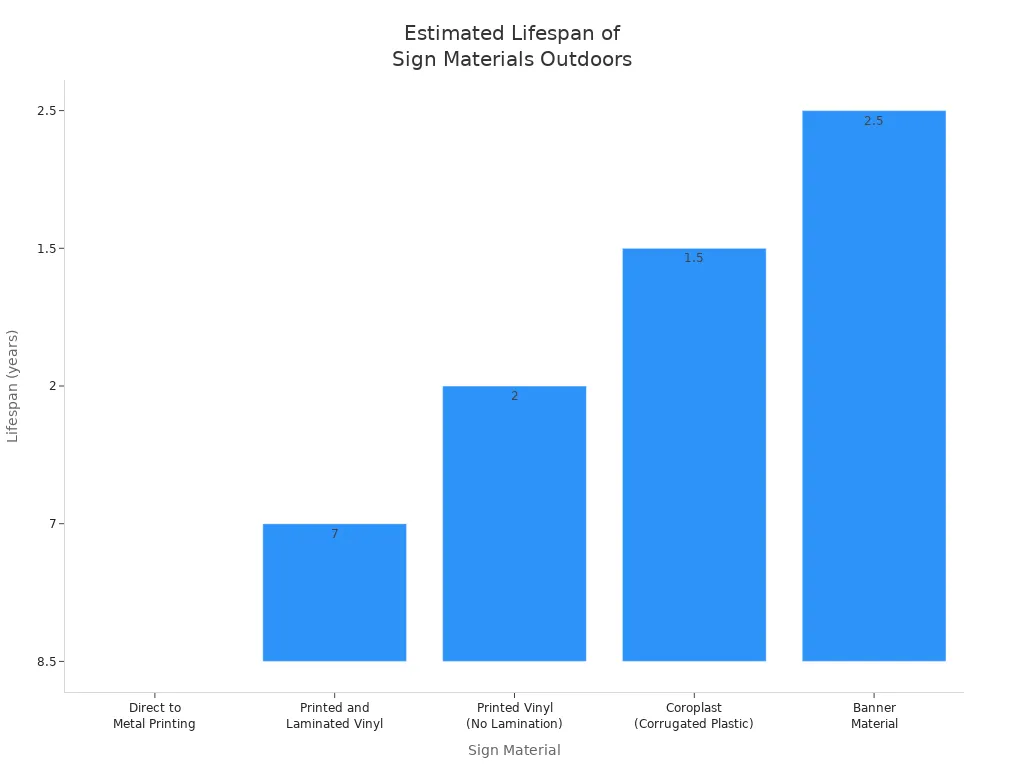
Sign Material | Average Lifespan (Outdoor) | Key Durability Features |
|---|---|---|
Aluminum Composite | 7 to 10 years | Rust-resistant, UV resistant, minimal maintenance |
Solid Aluminum | 5 to 10 years (or more) | Strong, does not rust, needs little care |
Stainless Steel | Generations | Extremely durable, keeps shine |
PVC | 5 to 7 years | Needs UV protection, can warp or fade |
Acrylic | 5 to 7 years | Resists fading, may crack if hit |
If you pick strong, weather-proof, and tough sign materials, your sign will last longer. Aluminum composite signage is a smart pick because it is strong, not too expensive, and easy to put up.
Weight and Installation
Handling
When you pick a sign material, you want it to be easy to move. Aluminum composite panels are light. They weigh about 3.5 to 5.5 kilograms for each square meter. This makes them much lighter than solid aluminum or stainless steel. You can carry these panels without much effort, even if the sign is big. For example, a 3 mm thick aluminum composite panel weighs only about 3.38 kg per square meter. Because they are light, it is safer and less likely to get damaged when you move them.
You can cut, drill, or bend aluminum composite panels with normal tools. You do not need special machines. This lets you make your sign fit many spaces. The panels are less likely to crack or break when you handle them. Acrylic or PVC can crack or snap if you are not careful.
Tip: Lighter panels are easier to move. You use less energy and finish your project faster.
Mounting
Aluminum composite panels are easy to put up. This is why many people choose them for signs. You can mount these panels on walls, posts, or frames with simple tools. Because they are light, you do not need strong supports or extra help. This makes the job faster and saves money.
Here is a quick look at how different sign materials compare for installation:
Material Type | Weight & Rigidity | Ease of Installation |
|---|---|---|
Aluminum composite panel | Lightweight, rigid | Easy installation, basic tools |
Heavy, rigid | Needs strong supports, more effort | |
Stainless steel | Very heavy, very rigid | Hardest installation, special tools |
PVC | Very light, less rigid | Easy installation, but less sturdy |
Acrylic | Moderate weight, can crack | Needs care, can break during install |
You can drill, screw, or use glue to mount aluminum composite panels. The panels stay flat and strong, even outside. You do not have to worry about them bending or sagging. This easy way to install works for both small and big signs.
Note: If you want a sign that is easy to put up and strong, aluminum composite panels are a great choice.
Cost and Maintenance
Initial Cost
When you pick a sign material, you want to know the price. Aluminum composite panels cost more than PVC or vinyl at first. But you get better quality and they last longer. Most aluminum composite signage costs between $5 and $15 for each square foot. The price changes with thickness and brand. Some places sell it for less, from about $0.19 to $0.93 per square foot. This depends on the grade or where you buy it. For example, 3mm PVC panels cost about $2.03 per square foot. Vinyl siding is even cheaper, at $0.08 to $0.23 per square foot. So, aluminum composite panels cost more at first. But you get a strong sign that can handle bad weather.
Material Type | Cost per Square Foot (USD) | Notes |
|---|---|---|
Aluminum Composite Panels | $5 – $15 | Most common range for signage |
3mm PVC Panels | ~$2.03 | Lower initial cost |
Vinyl Siding | ~$0.08 – $0.23 | Least expensive, less durable |
Sometimes, you see the price per square meter if you buy big panels. Always ask your supplier for the newest prices.
💡 Tip: If you pay more at first, you may save money later. Your sign lasts longer and needs less work.
Maintenance
You want a sign that stays nice without much work. Aluminum composite panels are easy to care for. You just clean them with mild soap and water. These panels do not rust or fade. Bad weather does not hurt them much. You do not need to repaint or fix them often.
Other sign materials need more care:
Steel signs need cleaning and paint to stop rust.
Wood signs need sealing, painting, and pest checks.
PVC and other plastics can fade, crack, or turn yellow. You might have to replace them sooner.
Material | Maintenance Needs |
|---|---|
Aluminum Composite Panels | Simple cleaning, low maintenance |
Steel | Frequent upkeep to prevent rust |
Wood | Regular sealing and painting |
PVC | May need replacement due to fading or cracking |
Aluminum composite signage saves you time and money over the years. You spend less fixing or replacing signs. This makes it a smart pick for busy businesses.
Aesthetics and Customization
Visual Appeal
You want your sign to look great and stand out. Aluminum composite signage has a flat surface. This helps your message stay clear and easy to see. You can pick from many colors to match your brand. The panels do not lose color, even after years outside. Your sign will look bright for a long time.
Many businesses use aluminum composite panels for smooth signs. The panels fit together without gaps. This makes your sign look modern and neat. You can cut the panels into any shape you want. The material stays stiff and does not bend. Your sign always looks tidy. You do not need to paint or prime the surface before adding your design, unlike plywood.
Tip: If you want a sign that looks new and clean, aluminum composite signage is a smart pick.
Printing and Graphics
You need good graphics to get people’s attention. Aluminum composite panels work with many printing methods. You can use vinyl signage, screen-printing, or digital printing. You can put printed graphics right on the panel. The flat surface keeps your images and words sharp and easy to read.
Let’s look at how different sign materials handle printing and graphics:
Material Type | Printing & Graphics Capabilities | Physical Characteristics | Typical Signage Applications |
|---|---|---|---|
Aluminum Composite Material | Works with direct printing and graphic mounting; great for high-quality graphics | Lightweight, stiff, metallic look | Long-lasting indoor/outdoor, POP displays |
Acrylic | Easy to print and paint; many colors and finishes; good for high-quality graphics | Strong, clear, impact-resistant | High-end indoor, backlit, exhibition |
PVC Foam Sheet | Great for printing; even color; good for high-quality graphics | Lightweight, matte finish | Advertising, menu boards, kiosks |
Aluminum composite signage helps you make graphics that last. The panels do not fade or get damaged easily. Your sign will stay bright and easy to read. You can use these panels inside or outside. The material is simple to cut and put up, so you finish your sign fast.
Note: If you want your sign to have great graphics and stay strong, aluminum composite panels are the best choice.
Application Suitability
 Indoor Signage
Indoor Signage
You want your indoor signs to look good and last. Acrylic is a top pick for indoor signs. It is strong, clear, and lighter than glass. You can shape it easily and pick many colors. Acrylic signs are great for stores and offices. They give a modern look to displays. Polypropylene boards, like PrintGUARD, are also good for indoors. They are light and do not break easily. Water does not hurt them. You get bright prints on these boards. They are simple to recycle. PVC signs are used a lot, but they can bend if it gets hot. They are also heavier to move. Aluminum composite panels work for most signs inside or outside. They have a flat surface for clear pictures. They are easy to put up.
Outdoor Signage
Outdoor signs must handle sun, rain, and wind. You need strong materials for outside signs. Aluminum composite panels are great for outdoor use. They do not rust, fade, or bend. You can use them for building signs and business fronts. They also work for wayfinding signs. Solid aluminum and stainless steel last long outside too. But they are heavier and cost more money. Acrylic can be used outside, but it might crack if hit. PVC signs do not last as long outside. They can bend or lose color. For most signs outside or inside, aluminum composite panels are best. They are strong, look nice, and are easy to care for.
Large-Scale Projects
Big signs need to be light and strong. Aluminum composite panels are perfect for big sign projects. You can move and put them up easily. They are not heavy. These panels stand up to weather and sun. They do not scratch easily. Your signs stay bright and clean for years. You can print sharp pictures on them. You can cut them into special shapes. You can add LED lights for cool effects. Some panels are fire-resistant to keep signs safe. You save money because they need little care. You can recycle these panels, so they are good for the planet. You see them on storefronts, building walls, and digital displays. They are a top choice for big signs inside or outside.
Sustainability
Recyclability
You want to help the planet when you pick sign materials. Aluminum composite panels are good because you can recycle them. These panels have two thin aluminum sheets and a plastic core. Many recycling centers take these panels. They pull apart the aluminum and the plastic. This way, both parts can be used again. Recycling your old signs helps cut down on waste.
Solid aluminum and stainless steel signs are also easy to recycle. These metals are worth a lot, so recycling centers want them. PVC and acrylic signs are not as easy to recycle. Some places will take them, but many will not. You might have to look for special places to recycle these plastics.
If you want your sign project to be good for the planet, pick materials that are easy to recycle.
Material | Recyclable? | Notes |
|---|---|---|
Aluminum Composite | Yes | Needs separation of layers |
Solid Aluminum | Yes | High value, easy to recycle |
Stainless Steel | Yes | Very high value, widely recycled |
PVC | Sometimes | Fewer centers accept, special process |
Acrylic | Sometimes | Limited recycling options |
Environmental Impact
You can help the environment by picking the right sign material. Aluminum composite panels use less raw aluminum than solid metal signs. This saves energy and resources. These panels last a long time, so you do not need new signs often. This means less waste over the years.
Solid aluminum and stainless steel signs need more energy to make. They last a long time, but making them can hurt the environment. PVC and acrylic signs are made from plastic, which comes from oil. If you do not recycle these, they can harm the planet.
Think about your sign’s whole life. Pick materials that last, use less, and can be recycled.
When to Choose Aluminium Composite Panel Signage
Best Uses
You want signs that last, look good, and do not cost too much. Aluminium composite panel signage is a smart pick for many uses. You can use these panels inside or outside. They work well for billboards, shop signs, and big displays. The panels do not get damaged by sun, rain, or snow. Your signs stay bright and strong in any weather.
You save money because the panels are light. You do not need big machines or lots of workers to put them up. This makes the job faster and safer. The panels also let you use bold colors and clear pictures. Your business can show off graphics that people notice.
Some of the best ways to use aluminium composite panel signage are:
Outdoor business signs and billboards
Storefront and shop signs
Building facades and cladding
Directional and wayfinding signs
Trade show displays and exhibition panels
Large promotional banners
Architectural and decorative panels
💡 Tip: If you want a sign that is easy to put up, lasts a long time, and shows great graphics, pick aluminium composite panel signage. These panels are also good for the planet because you can recycle them and they use less raw aluminum than solid metal signs.
You get more choices for design with these panels. You can cut them into special shapes or add lights for cool effects. The panels do not need much care, so you save time and money. Compared to acrylic, PVC, or wood, aluminium composite panel signage is stronger, more flexible, and costs less over time.
When to Consider Other Materials
Sometimes, you need a different material for your sign. Solid aluminum, stainless steel, or acrylic might be better for special needs. If your sign goes in a place with strong wind or salty air, solid aluminum or stainless steel is stronger and does not rust. These metals are good for street signs, parking lot signs, and blade signs that need to be tough.
If you want your sign to look fancy, stainless steel or acrylic is a good choice. Stainless steel looks shiny and classy. Acrylic looks like glass and is great for high-end signs or signs with lights. You see these materials in metal plaques, monument signs, and custom blade signs where you want a premium look.
You should also use other materials if you need your sign to be extra strong. Monument signs and big cabinet signs often use metal frames and acrylic faces. These choices make your sign last longer and look professional. Acrylic and metals can handle more stress and keep their shape better than aluminium composite panel signage in some cases.
Here is a quick guide to help you pick:
Situation | Best Material Choice | Why It Works Best |
|---|---|---|
Extreme weather or heavy impact | Solid aluminum, stainless steel | Strong, resists rust and damage |
Luxury branding or high-end appearance | Stainless steel, acrylic | Sleek, polished, or glass-like finish |
Illuminated or backlit signs | Acrylic, metal frames | Good light diffusion, clear graphics |
Monument or custom blade signs | Metal, acrylic, stone | Sturdy, professional, upscale look |
Short-term, low-budget indoor signage | PVC, foam board | Low cost, easy to replace |
Note: If you need a sign for a special job that needs extra strength, a fancy look, or special lighting, think about solid aluminum, stainless steel, or acrylic. These materials work best for those needs.
You can always ask a sign expert to help you choose the right panel. Think about where your sign will go, how you want it to look, and how long you want it to last. Picking the right material helps your business stand out and saves you money later.
There are lots of sign materials you can pick from. Aluminum composite signage is a good choice for most signs. It is strong, light, and simple to put up. You get good quality and clear pictures. If you want a fancy look or need a sign for tough places, you might pick stainless steel or acrylic. Always think about what you need, how much you want to spend, and where the sign will go.
Tip: Talk to a sign expert or get samples before you choose. This helps you find the best material for your sign.
FAQ
What makes aluminum composite panels better for outdoor signs?
You get panels that resist rust, fading, and warping. These panels stay flat and strong in sun, rain, or snow. You can trust your sign to last for years outside.
Can you recycle aluminum composite signage?
Yes, you can recycle these panels. Many recycling centers accept them. They separate the aluminum from the plastic core. This helps reduce waste and supports the environment.
How do you clean aluminum composite signs?
You only need mild soap and water. Use a soft cloth to wipe the surface. Avoid harsh chemicals or rough sponges. Your sign will stay bright and clean with simple care.
Is aluminum composite signage safe for indoor use?
Yes, you can use these panels indoors. They do not release harmful fumes. Many panels meet fire safety standards. You can use them in offices, stores, or schools.
When should you pick another sign material?
Pick stainless steel or solid aluminum for extreme weather or high-impact areas. Choose acrylic for a glass-like look. Use PVC for short-term, low-cost indoor signs.
Tip: Always match your sign material to your project needs for the best results.

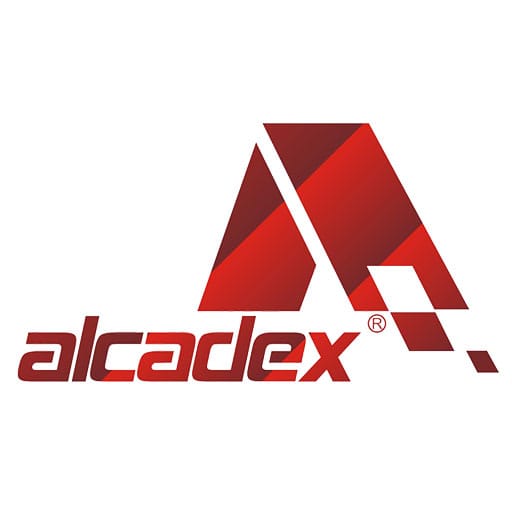

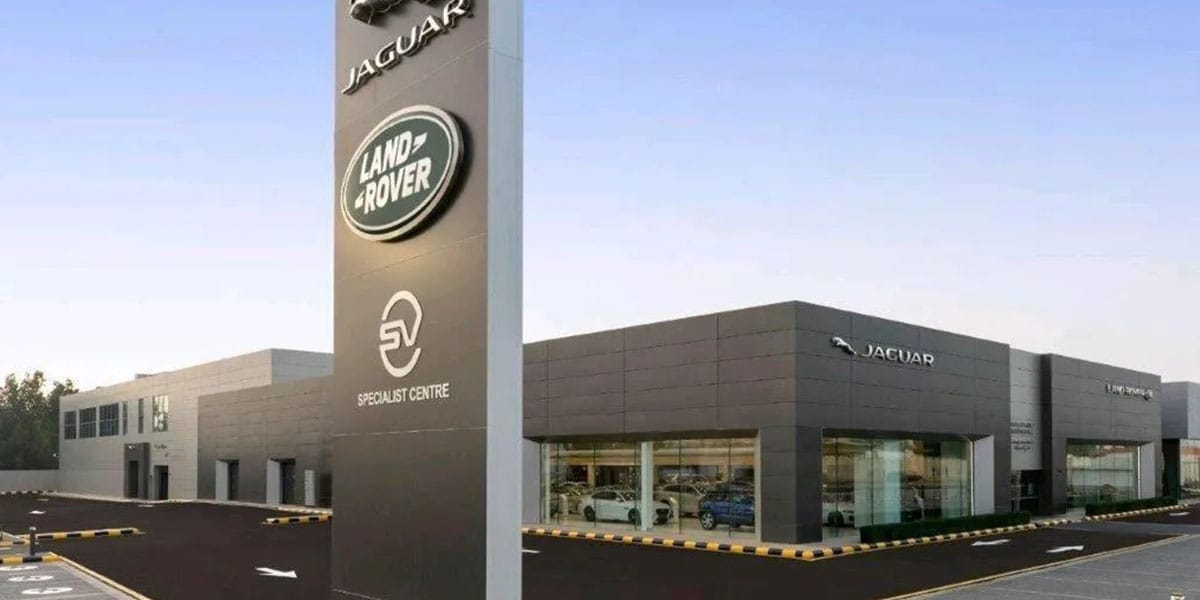 Weather Resistance
Weather Resistance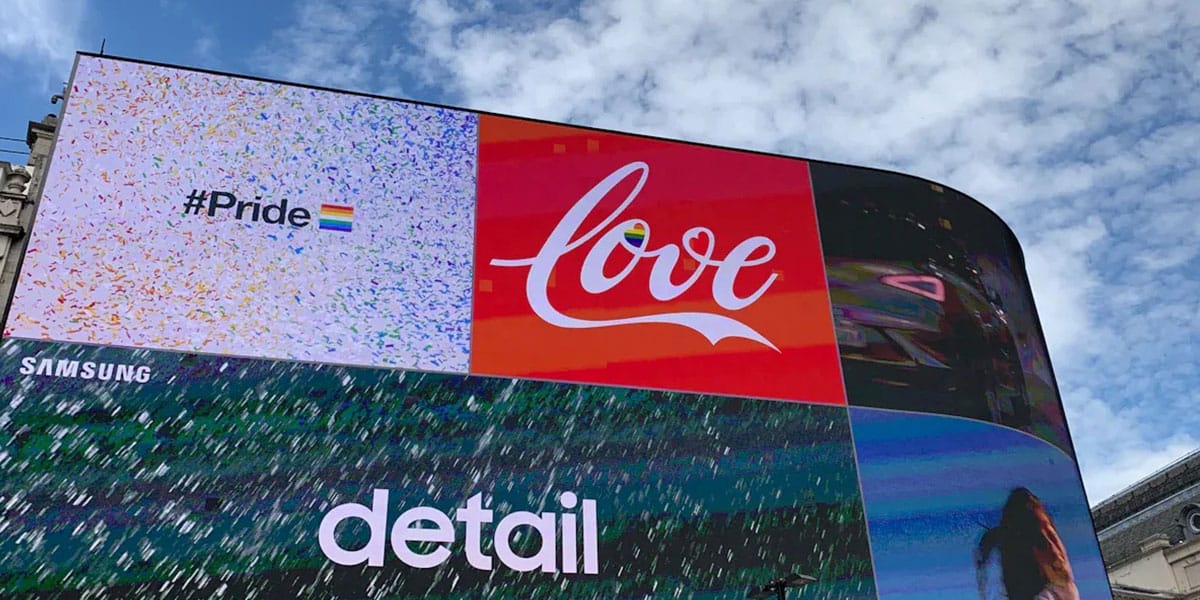 Indoor Signage
Indoor Signage